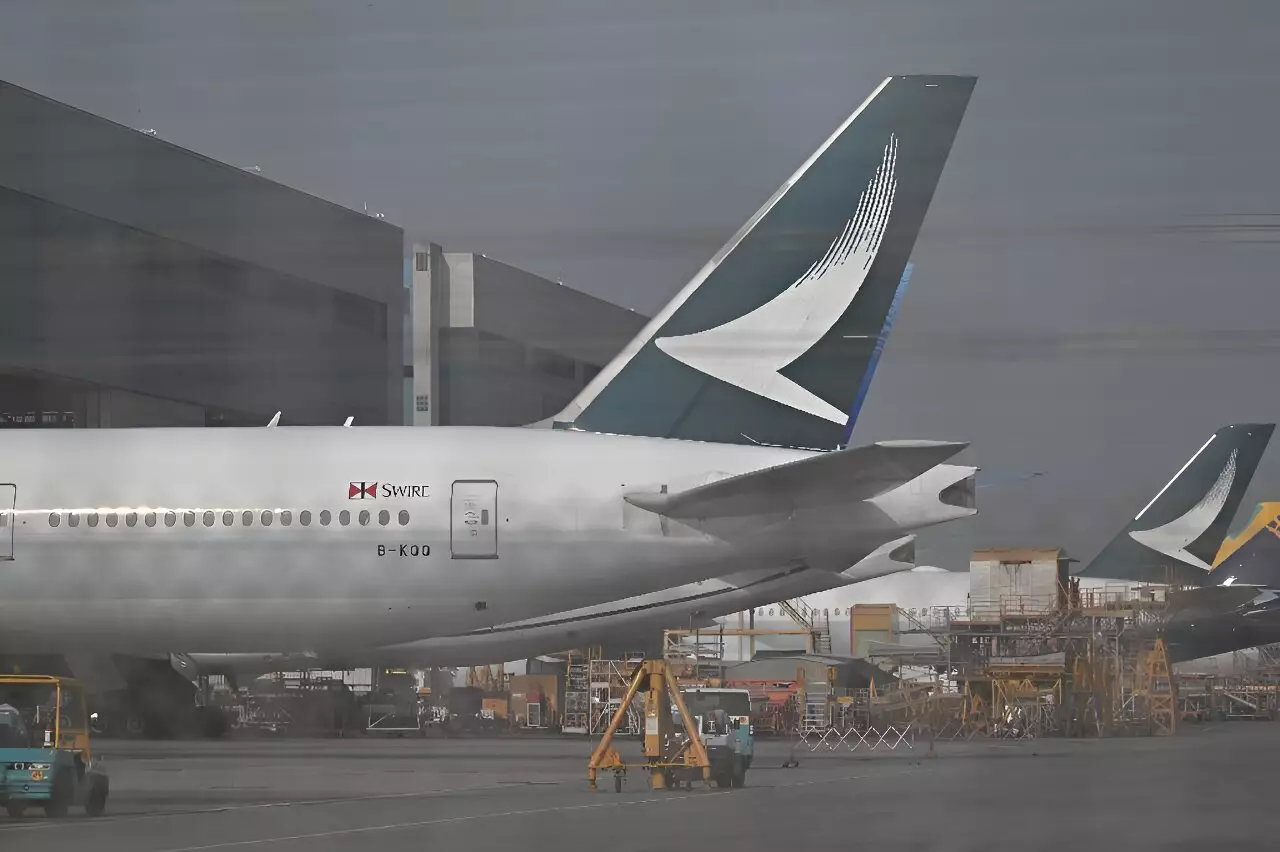Recently, Europe’s aviation safety agency announced the need for inspections among Airbus A350 wide-body jets following an engine fire incident on a Cathay Pacific flight. The incident has raised concerns about the safety of these aircraft and has prompted regulatory bodies and airlines to take precautionary measures.
Inspection Mandate
The European Union Aviation Safety Agency (EASA) has mandated inspections on A350-1000 aircraft powered by XWB-97 engines in response to the engine failure incident on the Cathay Pacific flight. The agency highlighted the importance of checking for damage to fuel hose connections inside the engines to prevent similar incidents from occurring in the future.
The directive issued by EASA requires airlines to conduct inspections on the identified A350-1000 planes within a specific timeframe, ranging from 3 to 30 days. This measure is deemed as a precautionary step to ensure the safety and airworthiness of the aircraft following the engine fire incident.
The inspection mandate has implications for airlines operating the affected A350-1000 planes, including Cathay Pacific, which had to ground 48 aircraft for checks. Other airlines in the region operating A350-900 and A350-1000 models are also conducting similar inspections to ensure the safety of their fleets.
Rolls-Royce, the manufacturer of the engines involved in the incident, has initiated a one-time precautionary engine inspection program to address the issue. The company is working closely with regulatory authorities and airlines to carry out the necessary inspections and ensure the safety of the aircraft.
The Airbus A350 is a popular choice among airlines for its fuel efficiency and passenger capacity. With more than 1,300 A350s ordered and over 600 delivered, the aircraft has become a key player in the long-haul market. However, the recent engine fire incident has raised concerns about the reliability of the aircraft and its components.
The engine fire incident on the Cathay Pacific flight has necessitated inspections and precautionary measures for Airbus A350 aircraft powered by XWB-97 engines. The safety of passengers and crew is paramount, and regulatory bodies and airlines must work together to address any potential issues and ensure the airworthiness of these aircraft. Ongoing monitoring and maintenance are essential to prevent similar incidents and maintain the safety of the aviation industry as a whole.


Leave a Reply